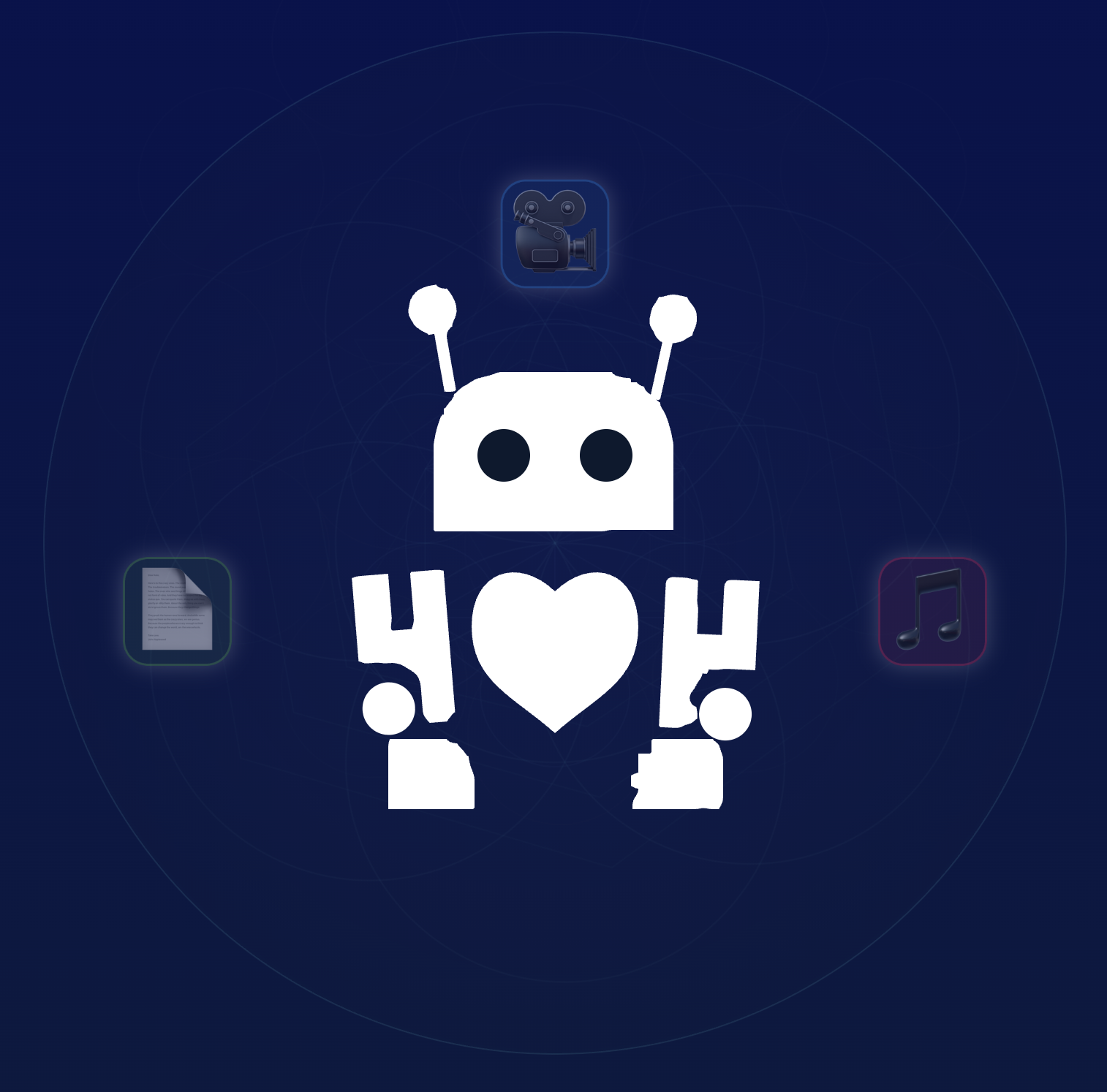
Retrieval-Augmented Generation (RAG) has emerged as one of the most transformative applications of Large Language Models (LLMs), enabling AI systems to access and reason over vast knowledge bases that extend far beyond their training data. However, as organizations deploy RAG systems at scale, the limitations of first-generation approaches are becoming increasingly apparent.
The Promise and Limitations of First-Generation RAG
Traditional RAG systems follow a straightforward pattern: embed documents into vector space, retrieve relevant chunks based on semantic similarity, and inject this context into the LLM prompt. While this approach has proven effective for basic question-answering scenarios, it faces several fundamental challenges:
Context Window Constraints
Even with modern LLMs supporting 100K+ token context windows, the challenge isn’t just about fitting more content—it’s about maintaining coherence and relevance across diverse information sources. When dealing with complex queries that require synthesizing information from multiple documents, simple concatenation often leads to information overload rather than insight.
Semantic Search Limitations
Vector similarity search, while powerful, can miss nuanced relationships between concepts. A query about “financial risk assessment” might not retrieve documents discussing “credit default swaps” if the embedding space doesn’t capture these semantic connections effectively.
Static Retrieval Strategies
Most RAG implementations use fixed retrieval patterns that don’t adapt to query complexity or context. A simple factual question requires different retrieval logic than a complex analytical request, yet most systems treat them identically.
 Modern RAG systems employ sophisticated multi-stage retrieval and reasoning pipelines
Modern RAG systems employ sophisticated multi-stage retrieval and reasoning pipelines
The Evolution of RAG Architecture
The next generation of RAG systems addresses these limitations through several key innovations:
Multi-Stage Retrieval Pipelines
Rather than a single retrieval step, advanced RAG systems employ multi-stage pipelines that progressively refine and expand the search space:
- Query Analysis: Understanding query intent, complexity, and required information types
- Initial Retrieval: Broad semantic search to identify candidate documents
- Context Expansion: Following citations, related documents, and cross-references
- Relevance Filtering: Applying query-specific filtering to remove noise
- Context Synthesis: Organizing retrieved information into coherent, structured context
Query Transformation and Decomposition
Complex queries often require decomposition into sub-questions that can be addressed independently before synthesis. For example:
# Query Transformation Example
original_query = "How do quantum computing advances impact cryptocurrency security?"
decomposed_queries = [
"What are the latest advances in quantum computing?",
"How does quantum computing threaten current cryptographic methods?",
"What cryptocurrency security measures are quantum-resistant?",
"Timeline for quantum computers breaking current encryption"
]
Recursive Retrieval and Reasoning

Advanced RAG systems can recursively explore information networks, following leads and connections to build comprehensive understanding. This approach mimics how human researchers naturally work—starting with initial sources and following relevant connections.
Beyond Document Retrieval: Emerging Applications
As RAG systems mature, they’re enabling entirely new categories of AI applications:
Reasoning-Enhanced Knowledge Systems
Instead of simply retrieving and presenting information, next-generation RAG systems can:
- Identify Knowledge Gaps: Recognizing when available information is insufficient for confident answers
- Cross-Reference Validation: Checking consistency across multiple sources
- Temporal Reasoning: Understanding how information validity changes over time
- Causal Analysis: Tracing cause-and-effect relationships across document collections
Dynamic Knowledge Graph Navigation
RAG systems are increasingly integrated with knowledge graphs, enabling dynamic exploration of entity relationships and semantic connections that pure vector search might miss.
Multi-Modal RAG
Extending beyond text to incorporate images, charts, tables, and other media types into the retrieval and reasoning process. This is particularly valuable for technical documentation, financial reports, and scientific literature.
Challenges and Future Directions
Despite these advances, several challenges remain:
Computational Complexity
Multi-stage retrieval and recursive reasoning significantly increase computational requirements. Optimizing these systems for production deployment requires careful attention to caching strategies, incremental processing, and selective activation of advanced features.
Quality Assurance
With increased system complexity comes the challenge of ensuring output quality and reliability. Traditional evaluation metrics for RAG systems don’t adequately capture the nuanced performance characteristics of multi-stage reasoning pipelines.
Integration Complexity
Organizations need tools that can seamlessly integrate advanced RAG capabilities into existing workflows without requiring extensive AI expertise.

Divinci AI’s AutoRAG Solution
At Divinci AI, we’ve developed AutoRAG—an automated system that optimizes RAG pipelines for specific use cases and datasets. AutoRAG addresses the key challenges of next-generation RAG deployment:
- Automated Architecture Selection: Choosing optimal retrieval strategies based on document characteristics and query patterns
- Dynamic Parameter Optimization: Continuously tuning system parameters based on user feedback and performance metrics
- Quality Assurance Integration: Built-in evaluation and monitoring to ensure consistent output quality
- Seamless Integration: Simple APIs that abstract away complexity while providing access to advanced capabilities
Conclusion
The future of RAG systems lies not in simple document retrieval, but in sophisticated reasoning systems that can navigate complex information landscapes, synthesize diverse sources, and provide nuanced insights. As these systems mature, they’ll transition from being glorified search engines to becoming true knowledge partners that augment human reasoning capabilities.
The organizations that succeed in this new landscape will be those that can effectively deploy and optimize these advanced RAG systems—turning their information assets into competitive advantages through intelligent, context-aware AI applications.
For organizations looking to move beyond first-generation RAG implementations, the key is starting with a solid foundation that can evolve. Focus on data quality, establish clear evaluation criteria, and choose platforms that can grow with your needs.
Ready to explore next-generation RAG for your organization? Contact our team to learn how AutoRAG can transform your knowledge management and decision-making processes.
Ready to Build Your Custom AI Solution?
Discover how Divinci AI can help you implement RAG systems, automate quality assurance, and streamline your AI development process.
Get Started Today
